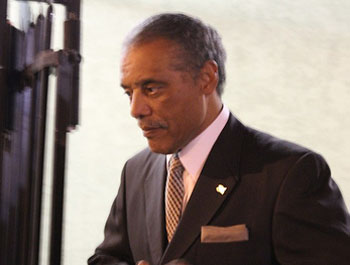Video courtesy of Annenberg TV News
Councilman Bernard Parks and the Los Angeles Neighborhood Initiative broke ground on the city’s 100th sidewalk repair yesterday as part of a project to improve South L.A.’s District Eight, calling on repairman to tear out the old pavement with shovels and drills.
The initiative’s executive director Veronica Hahni said the partnership had succeeded at “improving the quality of life for South Los Angeles residents by removing invasive tree roots and replacing these uplifted sidewalks.”
The repair also marked an important milestone for 84-year-old South L.A. resident Geneva James, who has lived at the corner of St. Andrews Place and 48th Street for more than 40 years, according to the L.A. Times. For many of those years, the broken-up, uneven sidewalk impeded her ability to leave the house, James’ grandson said at the event.
“I am glad I live to see it,” James said. “I will be able to come out and worry about not falling.” [Read more…]









 Attorney Leo Terrell filed a lawsuit in federal court on behalf of residents in the 8th, 9th and 10th Council Districts, alleging that city officials used race as the basis for redrawing boundary lines for those districts.
Attorney Leo Terrell filed a lawsuit in federal court on behalf of residents in the 8th, 9th and 10th Council Districts, alleging that city officials used race as the basis for redrawing boundary lines for those districts.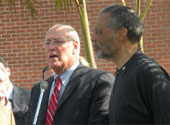 A commission appointed by the LA City Council prepared the redrawn maps to account for population changes since the last census. But the changes have outraged some councilpeople.
A commission appointed by the LA City Council prepared the redrawn maps to account for population changes since the last census. But the changes have outraged some councilpeople.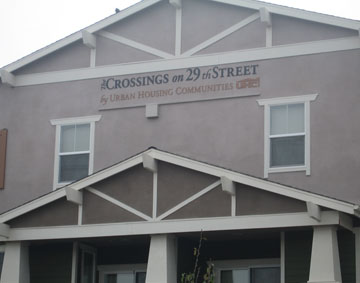 Unless alternative funding can be found, the next phase of the Crossings at 29th street, an affordable housing project in district 9 will come to a halt.
Unless alternative funding can be found, the next phase of the Crossings at 29th street, an affordable housing project in district 9 will come to a halt.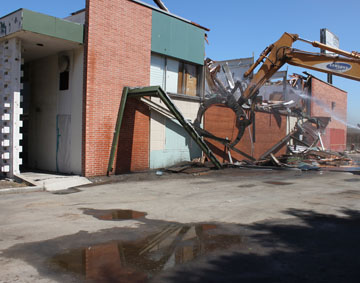 Marlton Square, in district 8, was in redevelopment limbo for 20 years. Demolition finally started in 2011, but now its future is uncertain.
Marlton Square, in district 8, was in redevelopment limbo for 20 years. Demolition finally started in 2011, but now its future is uncertain.
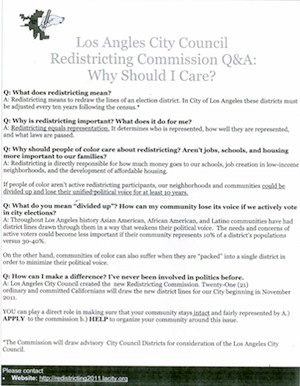
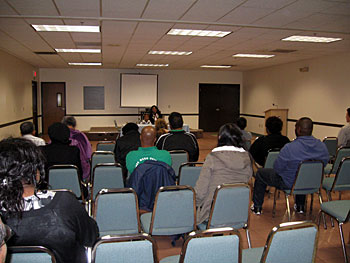
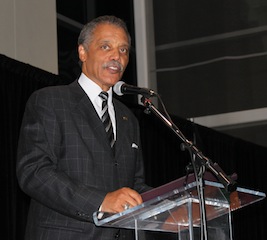

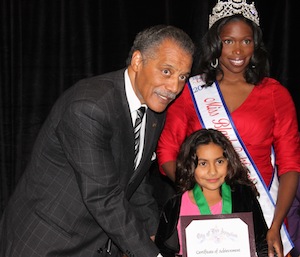 Councilmember Bernard Parks poses with Miss Black California Constance Reese and a student
Councilmember Bernard Parks poses with Miss Black California Constance Reese and a student The Frazier family, from left to right Jeffrey Sr., Jeffrey Jr., and Beverly
The Frazier family, from left to right Jeffrey Sr., Jeffrey Jr., and Beverly